
Shuanghe Cave, located in Suiyang county of Zunyi, Guizhou province, is the longest karst cave in Asia. (Photo provided by media center of Suiyang county)
A survey of Shuanghe Cave in Southwest China's Guizhou province, has found it to be much longer than previously thought, making it the third longest cave in the world, researchers said.
The latest research results, released on Tuesday, showed the cave to be 409.9 kilometers long and 912 meters deep.
Previously, the cave was surveyed at 257.4 km long and 665 meters deep, based on an international scientific investigation carried out before 2019.
This year's cave expedition was conducted by the provincial mountain resources institute, the provincial cave association and over 30 researchers and explorers from China, France, Italy and Belgium.
The expedition team also unearthed paleontological fossils and geological relics.
Researchers have so far found 40 giant panda fossils, the oldest of which lived at least 100,000 years ago, and the youngest only a few hundred years ago.
The fossils can help provide a rare sample for the researchers to understand the evolutionary history of population genetics and the evolution of individual sizes of giant pandas in the late Pleistocene period, said He Wei, the team leader and head of the provincial mountain resources institute.
Being the longest dolomite cave with the largest celestine area in the world, Shuanghe Cave has been called a "karst natural cave museum".
Since 1988, international researchers and explorers have conducted 22 scientific investigations of the cave.










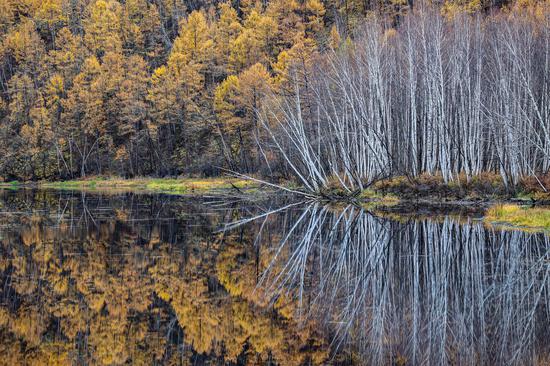

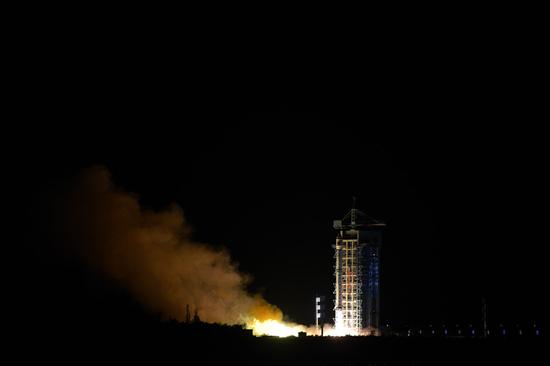





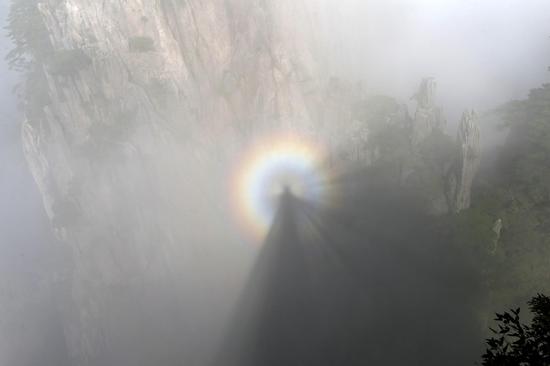




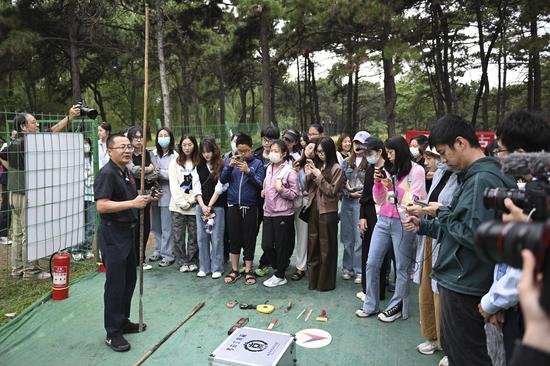








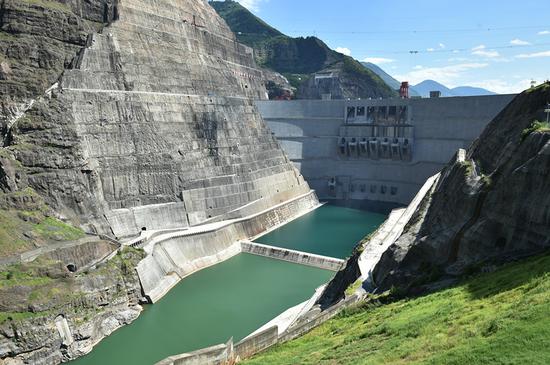

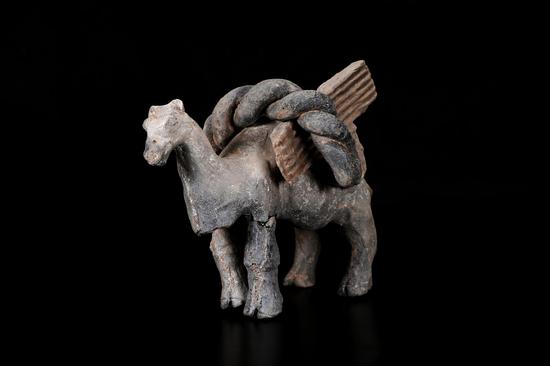













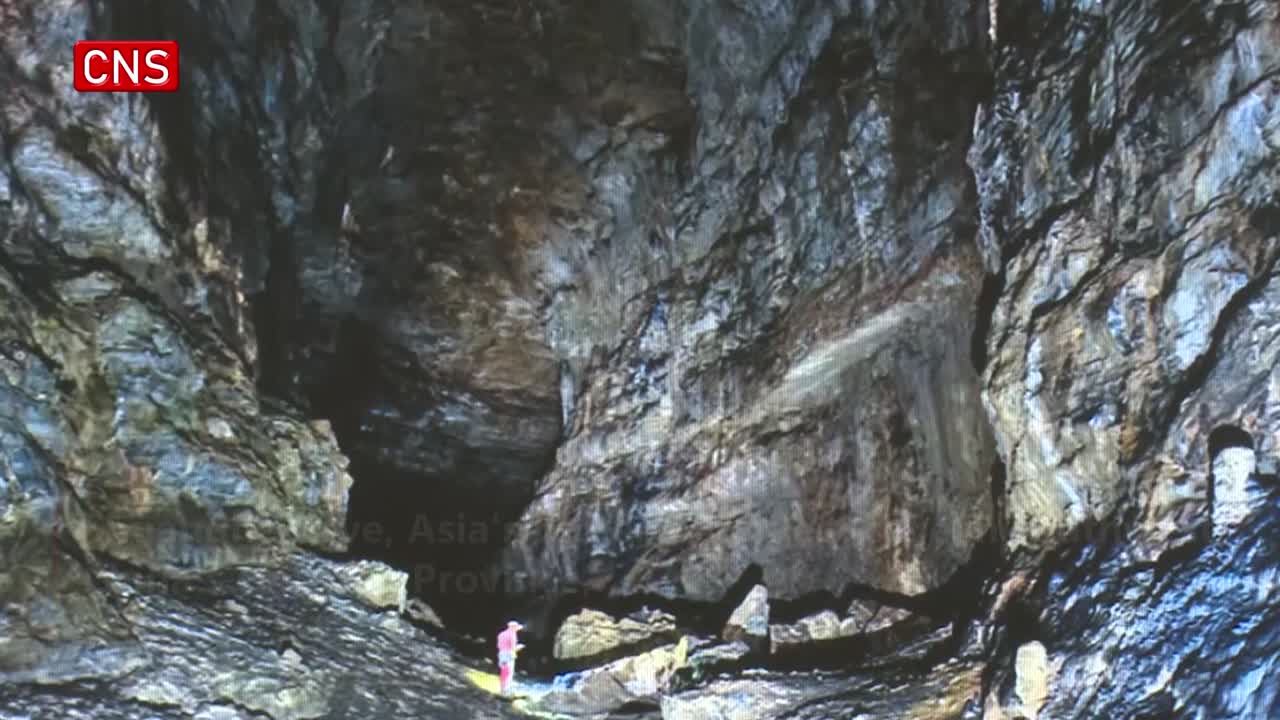

 京公网安备 11010202009201号
京公网安备 11010202009201号